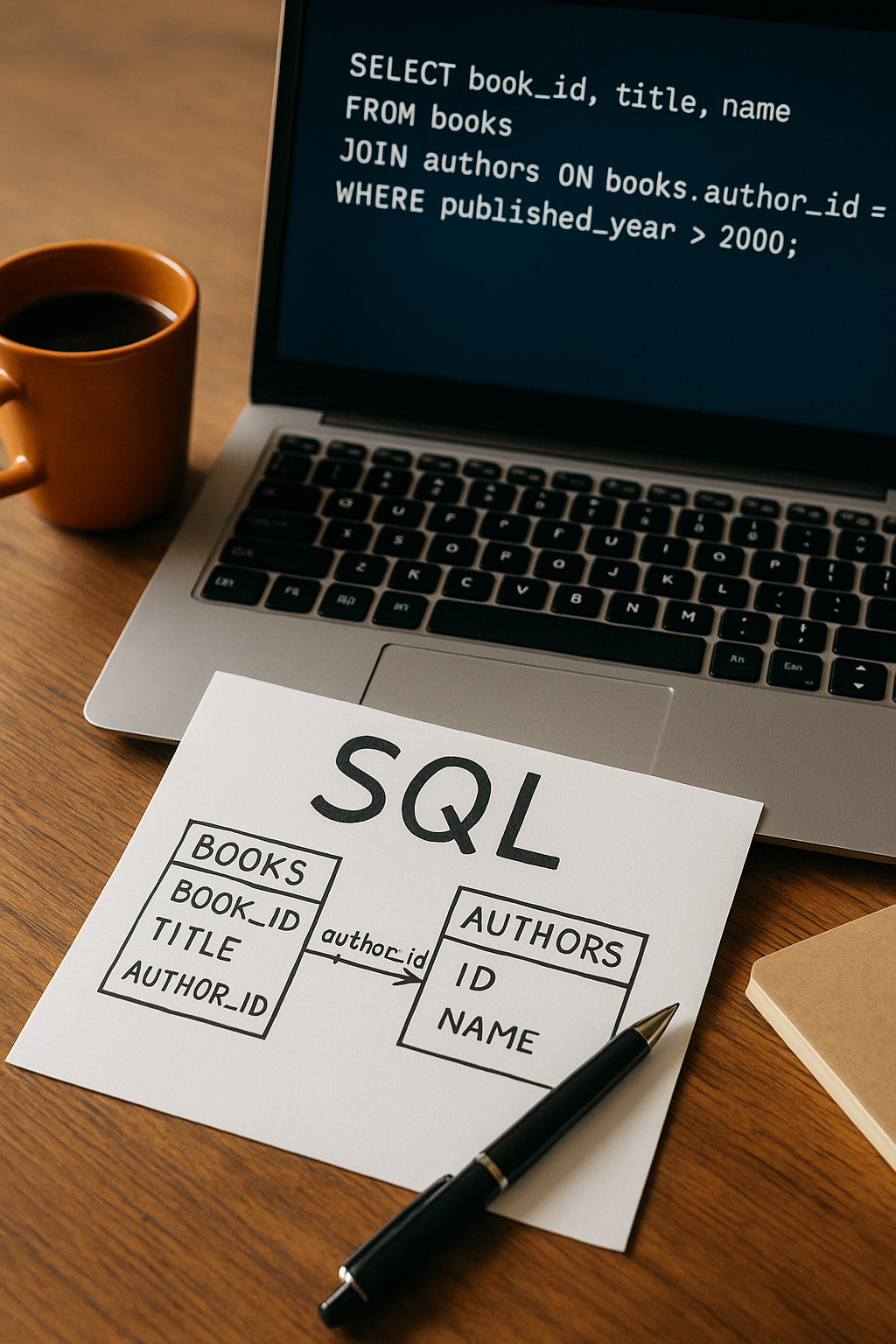
Heat transfer Chapter 2: Conductive heat transfer
Clear, physics-based notes on conductive heat transfer, explaining microscopic mechanisms, thermal properties, energy conservation, and steady versus unsteady conduction behavior in solids.

Heat transfer Chapter 1: Introduction
A concise conceptual introduction to heat transfer, explaining energy storage, temperature, local thermodynamic equilibrium, and the physical meaning of conduction, convection, radiation, and phase change.

Multiphase Chapter 5: Discrete Phase Flows
Integrated Master’s-level notes on Discrete Phase Modeling, covering particle dynamics, turbulence interaction, sprays, wall effects, and multiscale VOF–DPM coupling for predictive atomization simulations.

IBM Data Engineering: ETL and Data Pipelines with Shell, Airflow and Kafka
A concise archive of my notes from a data engineering course covering ETL and ELT fundamentals, data pipeline design, Apache Airflow orchestration, and real-time streaming with Apache Kafka. Focused on concepts, architecture, and practical trade-offs rather than step-by-step tutorials.

Multiphase Chapter 4: Eulerian Flows
A mid-length, integrated set of engineering notes covering Eulerian multiphase modeling—including gas–liquid, gas–solid granular flows, wall-film transport, and population balance modeling—with emphasis on physical intuition, interphase forces, and numerical considerations.

Multiphase Chapter 3: Volume-of-Fluid (VOF) Method
The Volume-of-Fluid (VOF) method is a cornerstone of free-surface modeling in CFD. It tracks the motion of interfaces between immiscible fluids—like air and water—by solving a single set of flow equations and evolving a scalar volume fraction that marks how much of each phase fills a cell. This approach enables realistic simulation of sloshing, filling, jet breakup, and dam-break flows without deforming the mesh. In ANSYS Fluent, VOF offers multiple schemes for time integration and interface reconstruction, balancing sharpness, stability, and computational cost

Multiphase Chapter 2: Mixture Model
The Mixture Model represents multiphase flow as a single continuous medium while preserving the essence of how its components drift, exchange, and transform within it. This chapter connects the mathematics of the model with its physical meaning — showing how mass, momentum, and energy transfer intertwine with interfacial phenomena, and how ANSYS Fluent applies these ideas in cavitation, wet steam, and condensation analyses.

DeepMind’s “Disproof” of Navier-Stokes: Euler Blow-Ups and Why It’s Overhyped
DeepMind and collaborators used physics-informed neural networks to uncover unstable singularities in idealized fluid equations (Euler)—the knife-edge cases where solutions blow up only under perfectly tuned conditions. I summarize what they actually did, what it means (and doesn’t) for the Navier–Stokes Millennium Problem, and why the media buzz may feel overhyped from an engineering/CFD point of view

Multiphase Chapter 1: Introduction to Multiphase Flow
Multiphase flows occur when gas, liquid, or solid phases coexist and interact through momentum, heat, and mass transfer. This chapter introduces the main regimes and explains how they are modeled in CFD using ANSYS Fluent. From simplified mixture models to detailed Eulerian formulations and interface-capturing VOF methods, the focus is on understanding the assumptions, strengths, and limitations of each approach. Practical guidelines for model selection and industrial examples help connect theory to real-world applications such as bubble columns, sprays, fluidized beds, and free-surface flows

IBM Data Engineering: Relational Database Administration
My archived summary notes from the IBM Relational Database Administration course. Covers DBA roles, backups, security, monitoring, and automation using PostgreSQL, MySQL, and Db2. While it's not my specialty, this was a useful deep dive into the systems side of working with relational databases

IBM Data Engineering: Hands-on Introduction to Linux Commands and Shell Scripting
Structured notes from IBM’s "Hands-on Introduction to Linux Commands and Shell Scripting" course. Covers terminal navigation, system commands, scripting logic, filters, redirection, environment variables, and cron job scheduling.

IBM Data Engineering: Databases and SQL for Data Science with Python
Hands-on SQL practice with real-world use cases — from basic queries to joins, views, and transactions — integrated with Python and Jupyter for data science workflows.

IBM Data Engineering: Introduction to Relational Databases
A structured summary of the IBM “Introduction to Relational Databases” course, including key takeaways, ERD design, normalization, and practical notes on MySQL and PostgreSQL. Written as personal study notes for future reference.

Turbulence Chapter 5: Scale-Resolving Simulations (SRS)
This chapter covers Scale-Resolving Simulation (SRS) methods, which aim to resolve the large turbulent structures in a flow while modeling the smaller ones. The summary includes classical LES, wall-modeled and embedded LES, hybrid models like DES and SBES, and scale-adaptive approaches such as SAS. Application notes and model selection guidelines are also included.

Turbulence Chapter 4: Laminar-turbulent Transition Modeling
This chapter focuses on the modeling of laminar–turbulent transition in RANS simulations. The transition region affects boundary layer behavior, drag, and heat transfer, and cannot be captured by fully turbulent models. Different transition mechanisms are introduced, followed by an overview of modern transition models based on intermittency, laminar kinetic energy, and empirical correlations. The summary includes Fluent-specific implementations and practical considerations for setup and mesh requirements.

Turbulence Chapter 3: Near-Wall Modeling
In this chapter, we journey into the turbulent zone right next to the wall — where sharp gradients, subtle balances, and small-scale chaos control the drag, heat transfer, and flow separation that engineers care about. We explore how near-wall turbulence is structured, how CFD models like wall functions or enhanced wall treatments handle it, and why roughness and mesh strategy matter more than you might expect. This is where the wall stops being just a boundary and becomes the real battleground of turbulence.

IBM Data Engineering: Python
Structured course notes from IBM’s Python for Data Science and AI. Includes syntax basics, functions, pandas, NumPy, file I/O, REST APIs, and web scraping. Focus on practical reference and tools for real-world data projects.

IBM Data Engineering: Introduction
A practical, high-level walkthrough of modern data engineering: tools, architecture, pipelines, wrangling, security, governance, and real-world practices. Based on the IBM Introduction to Data Engineering course, this post distills key lessons for both beginners and transitioning professionals.

Turbulence Chapter 2: Turbulence Anisotropy in RANS
Reynolds-Stress Models (RSM) aim to capture the directional complexity of turbulence where simpler models fail. This post breaks down the theory behind RSM, explains when and why it’s needed, and offers intuitive analogies and stability tips — all framed through the Socratic questions we use throughout the course.

Turbulence Chapter 1: Review of RANS-Boussinesq Models & Statistical Turbulence Description
Turbulence modeling is at the core of modern Computational Fluid Dynamics (CFD), bridging the gap between theoretical fluid mechanics and practical engineering applications. This guide explores the fundamentals of turbulence, from the Reynolds-Averaged Navier-Stokes (RANS) approach and the Boussinesq hypothesis to improved RANS models like Realizable k-ε, RNG k-ε, and curvature-corrected models. With a focus on practical CFD applications, we delve into turbulence production limiters, near-wall treatments, and Fluent best practices. This structured study consolidates critical turbulence modeling concepts, equipping CFD engineers with the knowledge to select and implement the most suitable models for their simulations.

